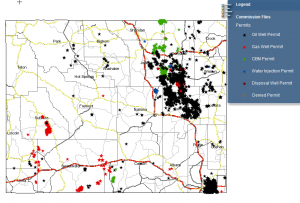 Make no mistake, California is a leader when it comes to improving air quality and deploying unprecedented amounts of cleaner, low-carbon fuels. However, despite years of efforts to cut vehicle emissions and reduce fossil fuel consumption, California remains in the top spot nationally for gasoline use, and is home to the top five most polluted cities in the country.
Make no mistake, California is a leader when it comes to improving air quality and deploying unprecedented amounts of cleaner, low-carbon fuels. However, despite years of efforts to cut vehicle emissions and reduce fossil fuel consumption, California remains in the top spot nationally for gasoline use, and is home to the top five most polluted cities in the country.
In addition, as the state and surrounding region continues to cut petroleum usage and clean up the environment – yielding major climate benefits – economic growth in emerging markets across the world means that our efforts are being undercut by increases in use elsewhere.
For California to truly deliver in in the fight against climate change, we must not only cut fossil fuel use and deploy cleaner alternatives at home, but also create solutions that deliver benefits abroad. In other words, we should aim to export our best transportation policies abroad – the ones that have helped California reduce fossil fuel use yet still help foster economic opportunities and growth.
A range of current policies are helping drive new technologies that yield low carbon vehicles and fuels
Over the past 15 years, California has given birth to the some of the most ambitious and successful climate change related transportation policies imaginable. For example, in 2002 the legislature adopted the Pavley Clean Cars law (AB 1493) which set greenhouse gas standards for automobiles. This law eventually led to new national vehicle efficiency standards and the production of a new wave of more efficient and cleaner cars and trucks.




